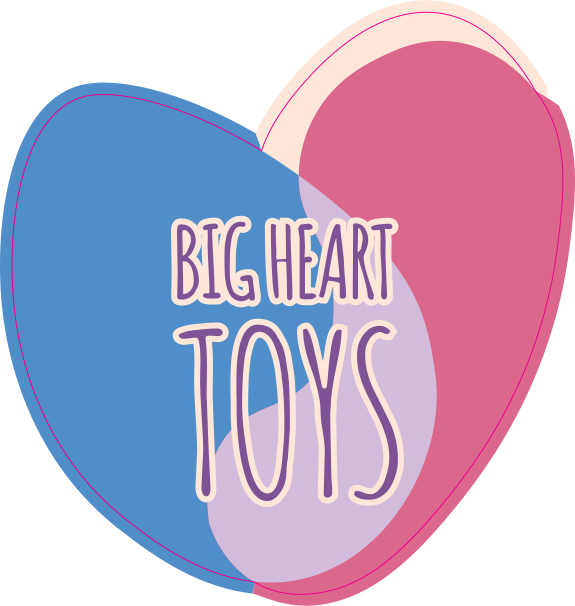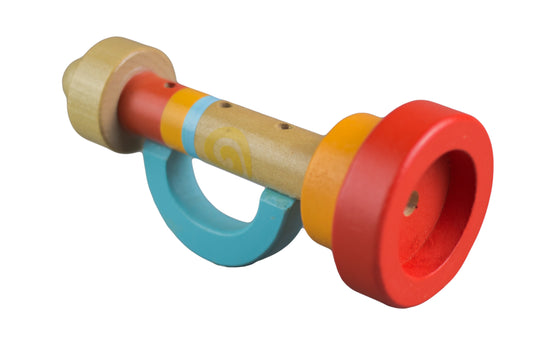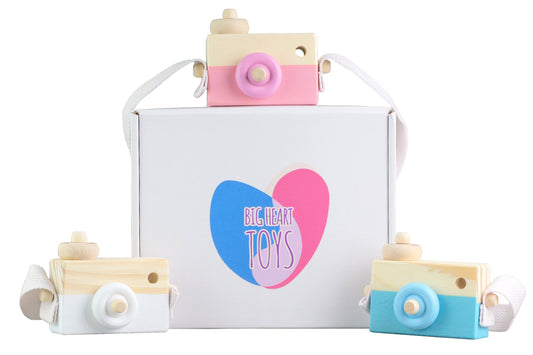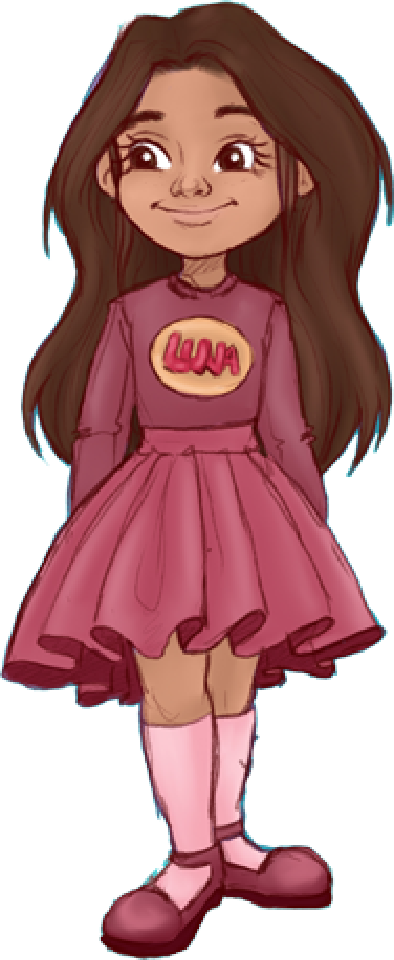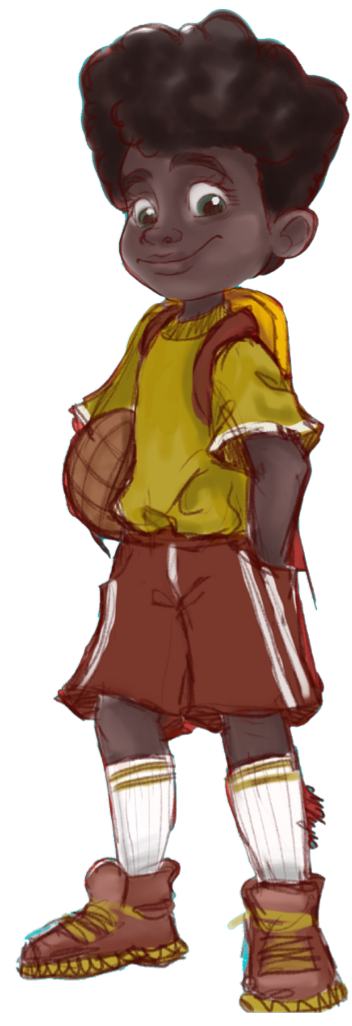Oh no, there was a quibble. Little Johnny said hurtful things, and now your little one is upset because a friend was mean to them. As a parent, you want to take all the pain and sadness away. Let’s be honest; the thought crosses your mind to give the kid a talking-to who hurt your baby but know that is not the best idea.
What are you to say to your sad child when a friend is mean? Here are four tips on the best ways to handle a difficult problem your child is faced with.
Help Your Child Understand Their Emotions
Before you can know what to say, you have to understand what your child is feeling. Once you have gauged this, you can then move on to the best things to say to them. Your child might not even know or understand what they are feeling other than hurt.
Ask them to explain what happened, if they can. Then ask them how it made them feel. Let them come up with descriptions of emotions and try not to ask leading questions.
An example of a leading question is: “Did that make you mad?” They could say yes when it only made them sad, not angry. Instead, ask, “How did that make you feel?”
Let your child talk first. Listen with cues that you are really hearing what they have to say, a nod or even a verbal “Hmm, I see.” When parents are invested in their kids’ emotional life, their little ones feel safe coming to them for advice or confiding in them.
Such conversations will help your child not feel as lonely. It feels like a lonely place when friends act out. You can even talk more about how these emotions feel and why we need these emotions to help us. Yes, emotions have meanings and a role in helping us in our lives.
Possible Emotions Around Bullying Experiences
Anger is one emotion your child could have when a friend is mean. Anger lets them know their friend has crossed a boundary and it’s not okay. However, this is not an excuse to act out. Instead, it’s an indicator that they’ve been wronged.
Processing anger and not acting on it can be challenging even for adults. If your kid needs some guidance, books like Leo Deals With Anger can provide a comforting and informative guide.
Anger is often considered a secondary emotion. It helps to review what feelings might be hiding under anger. The primary emotion could be a wide range of feelings, including sadness, disappointment, or shame.
Sadness is more likely an emotion they will feel when handling a friend who has been unkind. The sadness comes from a feeling of loss and that your child will want help or comfort. Even what seems like minimal disagreements to adults (like not taking turns at the swingset) can feel like a big deal to children.
Use and Model Empathy
After you have established what they were really feeling, you can employ empathy. This validation of their feelings is important and needs to be established before your child can hear what you are going to tell them.
This is also behavior modeling to show that we can try and understand what others are feeling. Maybe in this situation, they needed to think about how their friend was feeling. It is good to have some introspection about why an event happened. For example, did the friend lash out because they felt grumpy from not sleeping well?
This helps them think about factors outside of themselves. They do not have to think of it as “My friend hates me,” but rather “My friend struggled today.” Sometimes a friend is just not a nice one, and we’ll cover more about that later in this article.
Practice Empathy Through Pretend Play
Empathy can help your child to understand the big emotions we and others feel. A great way to flex our empathy muscles is with pretend play. Pretend play is not only fun and a good chance to let the imagination run wild, but it can help mature social skills like empathy, according to a 2020 study.
You can review the events of the day or rehearse your child’s plans for recess the following day with their stuffed animals standing in as their classmates. This creates a safe and secure platform for children to experience emotions.
When you model the situations with toys, it is easier for your child to comprehend than remember if a similar situation comes up in real life. Play is a powerful teaching tool.
Give Your Child Words To Use
Now you can move on to what to say. This is not so much what you can say to your child, but what your child can say for themselves. We can help them learn what to do when they are hurt or see mean things happening.
Let them know they have a voice! You can even use emotion books to explain how we should conduct ourselves in tricky situations.
Healthy Statements That Express Big Emotions
- I do not like it when you …
- When you do … It makes me feel…
- If you do not stop… Then I will leave (or take another appropriate action)
- I am mad right now, and I need a minute
- Stop
- I am sad and need a minute
These are all I statements, which help keep things less personal and judgemental. If your child opts for You statements, it could exacerbate the situation.
You statements tend to place blame on the other party, and (even if warranted) these phrasings are unlikely to lead to a peaceful resolution. Instead, focus on the things they want to say versus how they comprehend their friends' actions.
Examples of wrong ways to react:
- Throwing a fit
- Yelling at the friend
- Biting
- Pulling hair
- Fighting
- Saying hurtful words back or statements like “You're not my friend anymore!”
Explain that it’s normal to feel like they want to cause hurt back when they are hurt. Then explain that it would only continue the cycle of mean things. It is better to step back, cool down, and go get a trusted adult.
Brainstorming together for things to say keeps an open dialogue. This shows you are listening and able to help them. Remember to invite them to always talk to you whenever they would like to.
Tell Them That It’s Okay To Walk Away
A child is never too young or old to learn healthy boundaries. As parents, we teach them to be nice and play with others. Then we sometimes forget to let our children know it’s okay to leave uncomfortable situations.
If they have used kind words and the friend is still misbehaving, then it’s time to get some space. They can tell their friend: I do not want to play with you right now. Breaks can be a good thing for the children involved.
During that time, it is good to remind your child that sometimes our feelings can be hurt. You can not control others, but we can control how you react. Let them know they did the right things and give them an opening to talk about their feelings on the situation.
That’s right back to step one, then start the cycle of showing empathy and re-enforce the words and actions they can take. We all need reminders, and our children need constant reminders. An exhausting amount of reminders if it is time for them to get dressed and out the door.
Define Friendship
Last and not least. We need to make sure our child understands what friendship means. This can be shown in many ways, books on friendship, making a list of good qualities in a friend, and then listing the qualities of a mean friend.
What Makes a Good Friend?
- Kindness
- Happy to play with you
- Help you
- Shares their toys
- Laughs at your jokes
- Enjoys your company
- Understands you
- Stands up for you
- You both enjoy many of the same things
What Makes a Mean Friend?
- They use hurtful words
- Make fun of you
- Makes you do things you don’t want to
- Doesn’t respect your hobbies
- Selfish with toys
- Would always rather play with someone else
- Encourages others to gang up on you
- Won’t talk to you
The lists are helpful and remind your child that there are choices on how to behave, good or bad. They can then use them to determine if that friend just had a bad day or if it is something the friend frequently does.
When they figure out if the friend in question is a good friend who had a bad day or a bad friend, it will give them reassurance and a path forward. Friendship conversations can be an ongoing dialog between you and your child.
Care and Nurture
We can not fix a friend that was unkind to our child, nor can we parent them. However, we can give our own kids the tools to heal themselves and the confidence to know what to do next time.
This is a good time to teach them what true friendship looks like.
Friends are essential to a child and a big part of their development. We all want to feel included and a part of a group. This can be tricky because not all groups are good groups, and sometimes a good friend or group can have bad days. Your child has to learn to decipher the difference.
Take a deep breath, give your little one a hug and tell them you love them. Remember to listen and talk to them about friendship when an opportunity presents itself. When you're done talking about these big thoughts and giving important advice, it will be time to play again.
Sources:
Helping Kids Deal With Bullies (for Parents) | Nemours KidsHealth
What to Do When Your Daughter's Friend Is a Bully | Psychology Today
Doll Play Helps Build Empathy and Social Skills, New Study Shows | Verywell Family
